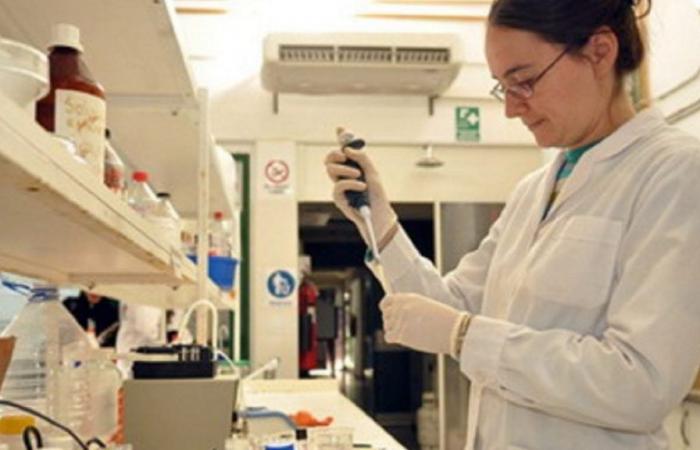
The artificial intelligence It promises to enhance the future of different areas and professions, such as health. Researchers from Conicet and Favaloro University managed to develop a system that, through this tool, will be able to prevent heart attacks and other heart conditions, as well as cerebrovascular accidents (CVA).
Even though it is in the prototype stage, it manages to process cardiac tomography studies quickly and accurately. This innovative advance aims to improve the detection of coronary or cerebrovascular diseases.
AI to prevent heart attacks and stroke: its effectiveness
The model demonstrated an effectiveness that exceeds 95%, having managed to evaluate the images of almost 1,200 patients in its tests. Strictly speaking, it allows radiologists to quickly identify and measure the calcium present in the arteries, which is a key indicator to evaluate if there is cardiovascular risk.
The journal “Biomedical Physics and Engineering Express” published this advance. The Argentine scientists had the collaboration of radiologists from the Georges Pompidou European Hospital in Paris, France.
Although it is not yet ready for medical implementation, this AI It will function as a support tool for radiologists, speeding up their work and allowing them to visually verify automated detections. Technology, they highlighted, will not replace professionals, but will give them an advantage and enhance their work.
The medical article insists that early detection of calcium in the coronary and aortic arteries using CT imaging is crucial for the early prevention of cardiovascular diseases. The system recognizes the aorta and looks for possible calcium lesions, distinguishing them from other structures. In just a few minutes, it provides calcium measurements that would normally take a radiologist 15 to 30 minutes.





